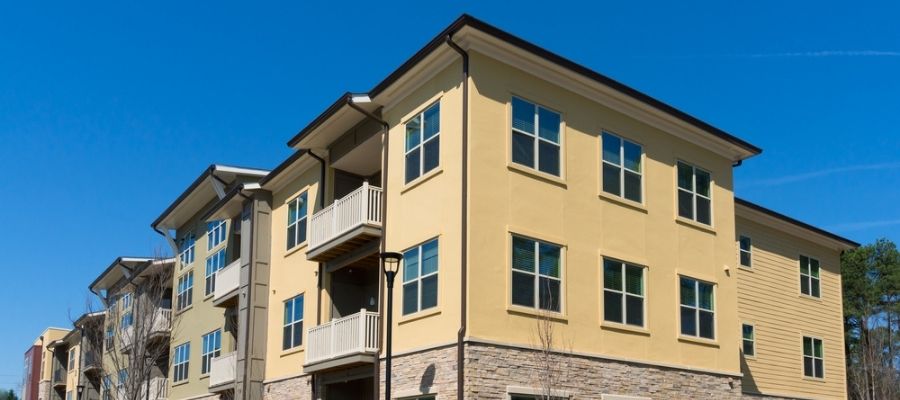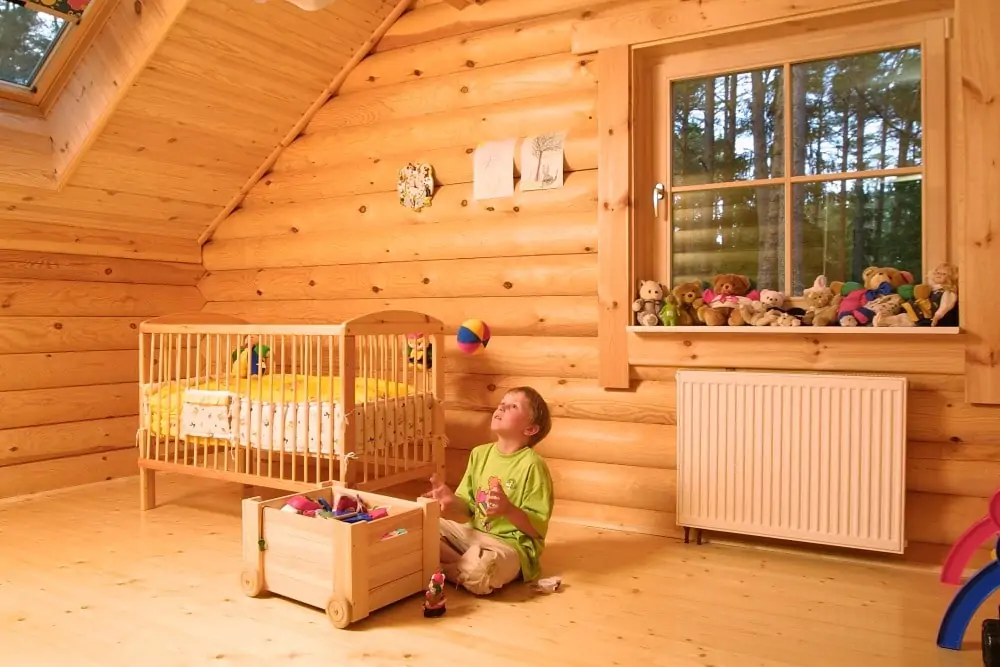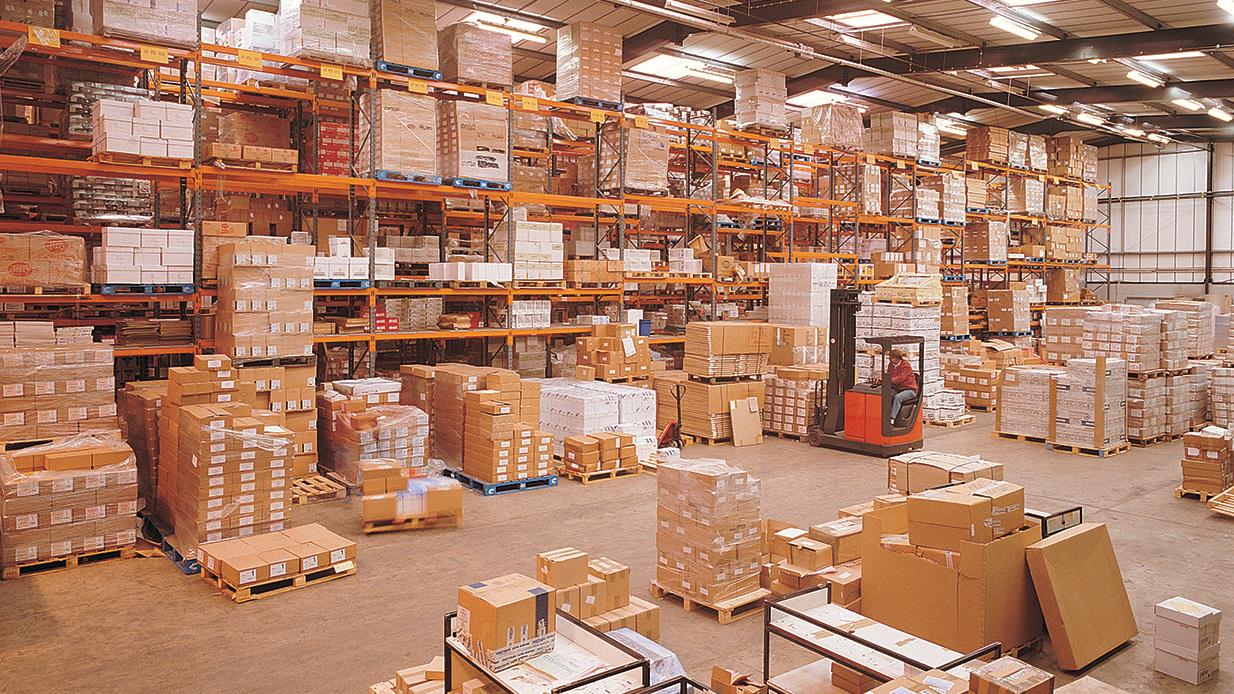When it comes to building inspections, multi-unit dwellings present a unique set of challenges. These types of buildings can include apartments, condominiums, townhouses, and other structures that are designed to accommodate multiple households. In this article, we’ll discuss the specific considerations that must be taken into account when conducting building inspections for multi-unit dwellings.
Why Building Inspections are Important for Multi-Unit Dwellings
Building inspections are critical for multi-unit dwellings for several reasons. Firstly, they help to ensure that the building is safe for all occupants. Multi-unit dwellings have a higher occupancy rate than single-family homes, which means that there are more people at risk in the event of a building failure or other disaster. Regular building inspections can identify potential hazards, such as faulty wiring or fire hazards, that could pose a risk to occupants.
Secondly, building inspections can help to ensure that the building is in compliance with relevant regulations and standards. Multi-unit dwellings are subject to a range of regulations, including building codes, fire codes, and zoning regulations. Building inspections can help to identify any areas where the building may not be in compliance and provide guidance on how to address any issues.
Finally, building inspections are important for maintaining the value of the property. A well-maintained building is more attractive to potential buyers or tenants and will likely command a higher price or rent.
What to Consider When Conducting Building Inspections for Multi-Unit Dwellings
When conducting building inspections for multi-unit dwellings, there are several factors that must be taken into account:
- Access
One of the biggest challenges of conducting building inspections for multi-unit dwellings is access. Unlike single-family homes, where the homeowner is typically present during the inspection, multi-unit dwellings may have multiple occupants who are not present or who may be unwilling to grant access. Inspectors must work with property managers or landlords to coordinate access and ensure that all areas of the building are inspected.
- Common Areas
Multi-unit dwellings often have common areas, such as hallways, stairwells, and lobbies, that are shared by multiple households. Inspectors must pay close attention to these areas, as they can pose a range of hazards, including trip and fall hazards, fire hazards, and security issues.
- Structural Integrity
The structural integrity of a building is critical for ensuring the safety of occupants. Inspectors must pay close attention to the foundation, walls, roof, and other structural components to identify any signs of damage or deterioration. They must also ensure that any modifications or additions to the building, such as balconies or decks, are structurally sound and in compliance with relevant regulations.
- Plumbing and Electrical Systems
Multi-unit dwellings typically have more complex plumbing and electrical systems than single-family homes. Inspectors must ensure that these systems are functioning properly and in compliance with relevant codes and standards. They must also identify any potential hazards, such as leaky pipes or faulty wiring, that could pose a risk to occupants.
- Fire Safety
Fire safety is a critical consideration for multi-unit dwellings, as fires can spread quickly and put multiple households at risk. Inspectors must ensure that the building is equipped with appropriate fire safety measures, such as smoke detectors, fire extinguishers, and sprinkler systems. They must also ensure that all exit routes are clear and easily accessible in the event of a fire.
Tips for Conducting Building Inspections for Multi-Unit Dwellings
Here are some tips for conducting effective building inspections for multi-unit dwellings:
- Develop a Checklist
Develop a checklist that covers all areas of the building that need to be inspected. This checklist should be comprehensive and should include common areas, individual units, and all systems and components of the building.
2.Coordinate with Property Management
As mentioned earlier, access can be a significant challenge when conducting building inspections for multi-unit dwellings. To overcome this challenge, it is essential to work closely with property managers or landlords to coordinate access to all areas of the building. It is also essential to communicate inspection schedules to occupants and property management ahead of time to ensure that the inspection process runs smoothly.
3.Document Everything
Documentation is crucial when conducting building inspections for multi-unit dwellings. Inspectors should take notes and photographs of any areas of concern and document any violations or non-compliance issues. Detailed documentation can be helpful in addressing any problems that are identified during the inspection process.
4.Keep Safety in Mind
Safety should always be a top priority when conducting building inspections for multi-unit dwellings. Inspectors should wear appropriate safety gear, such as hard hats and safety shoes, and should be aware of any potential hazards, such as loose flooring or unstable surfaces.
Conclusion
Building inspections are an essential part of ensuring the safety and compliance of multi-unit dwellings. Inspectors must take into account the unique challenges that these types of buildings present, such as access, common areas, and complex systems, when conducting inspections. By following the tips outlined in this article, inspectors can conduct effective inspections that help to keep occupants safe and ensure that the building remains compliant with relevant regulations and standards.




